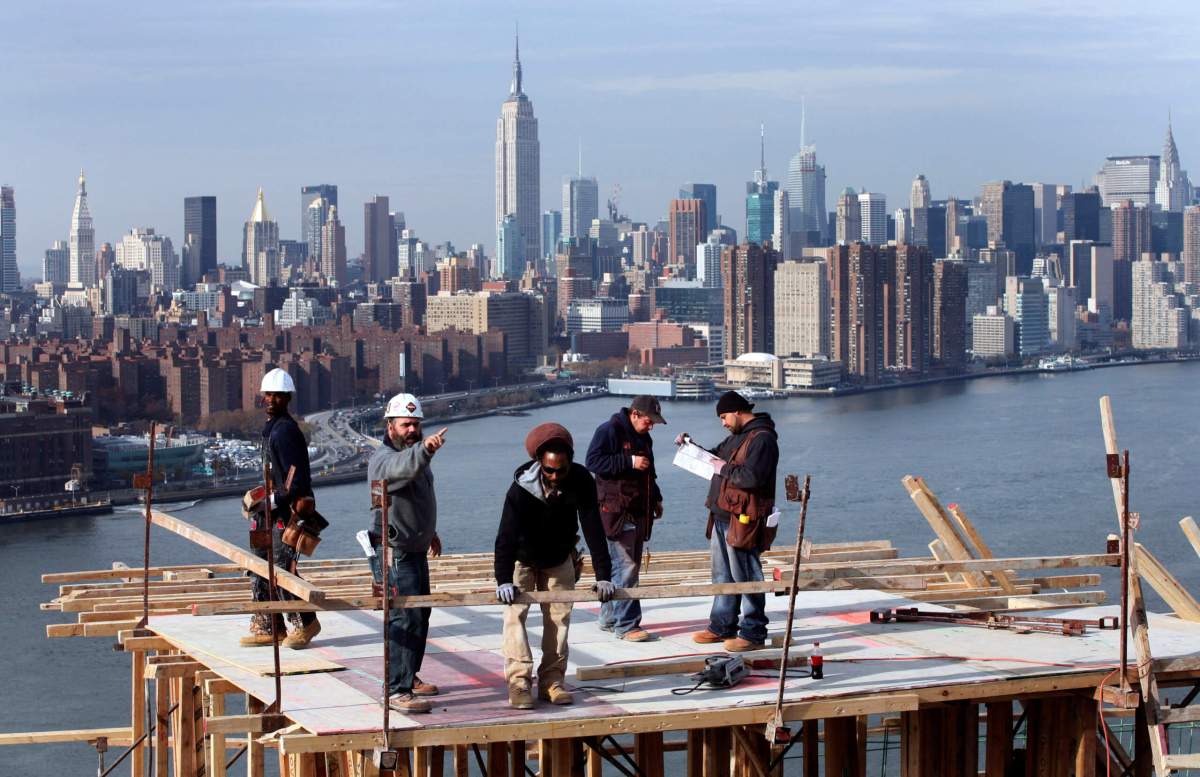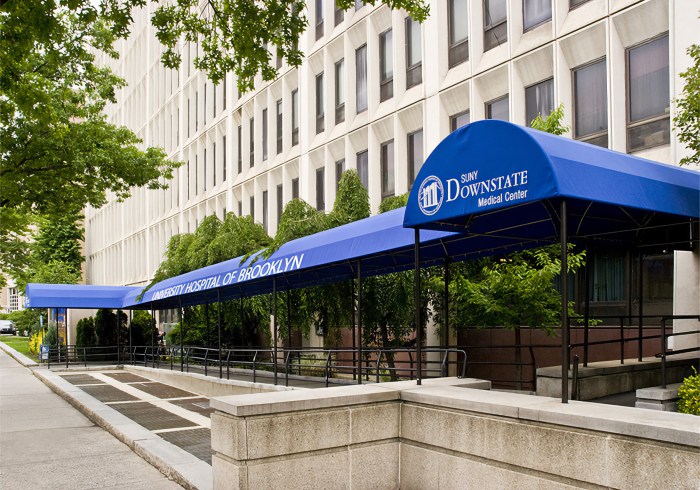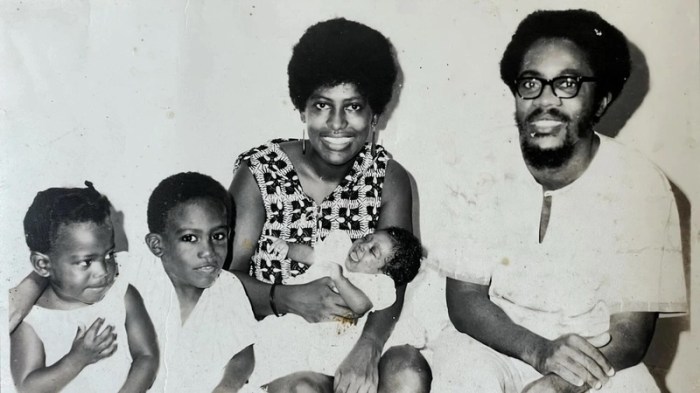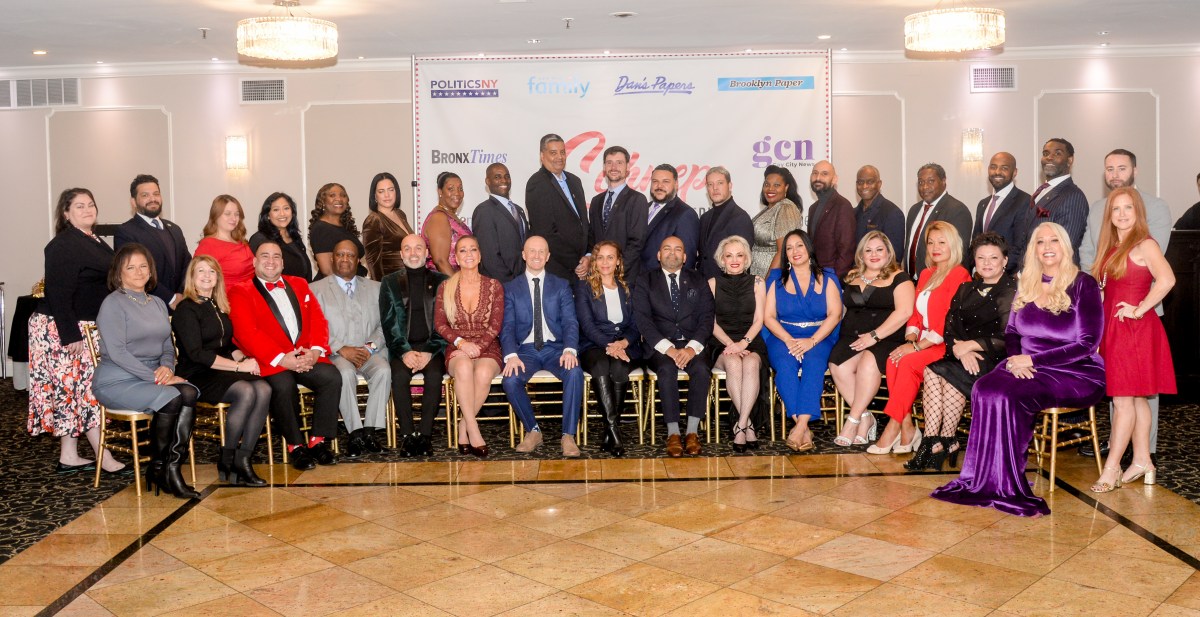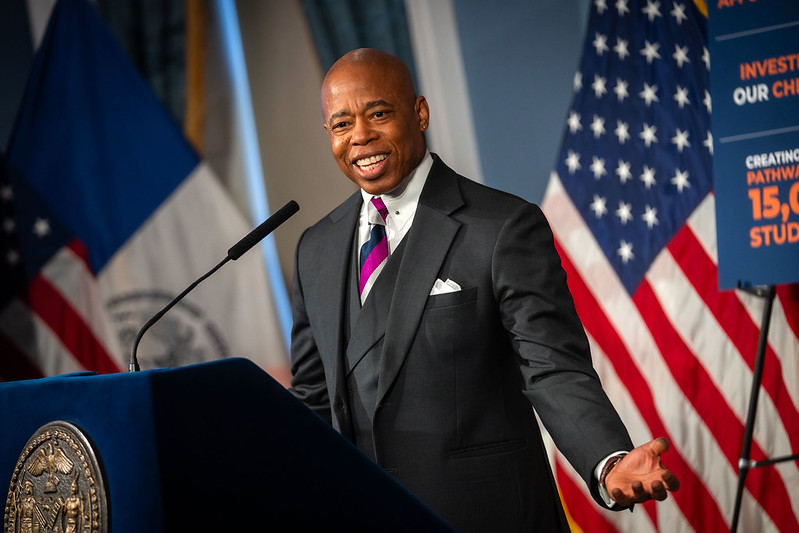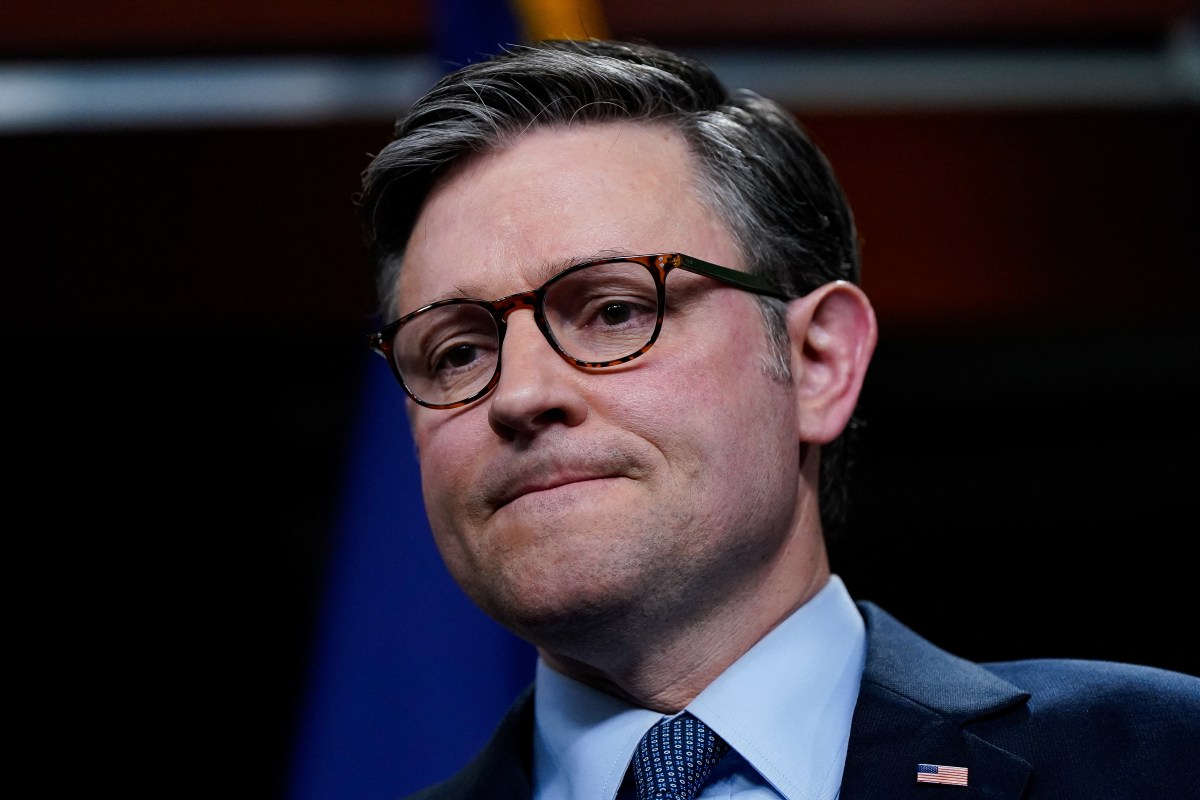In 2008, Barack Obama was elected President of the United States with hopes and promises of a better tomorrow. Many naively believed Obama’s election single handedly ended racism and the American dream was truly possible for all.
His election came at the height of a financial crisis where housing foreclosures were at an all-time high in neighborhoods across America. East New York, a microcosm of the effects of the failed housing market, saw one of the highest foreclosure rates in New York City — it impacted over 2,000 East New York households. Black and Brown residents who make up a large share of East New York’s population became vulnerable to exacerbated predatory housing practices, leading to an ever widening of the racial wealth gap.
Twelve years since Obama’s inauguration, “I can’t breathe”, the last words of Eric Garner and now George Floyd, have been utilized as a slogan for the #BlackLivesMatter movement signifying the chokehold of oppression and police brutality. For weeks people of all colors have been chanting these words in cities across America demanding the change Obama’s election promised years ago.
Although protests have mainly focused on police reform, communities are now more emboldened than ever to fight systemic racism in all aspects of life such as education, healthcare, and housing. In East New York, residents have already decided that they want change!
By 2017, Brooklyn’s Community District 5 (which includes the communities of Cypress Hills, East New York, and Starrett City), reported having the third highest new foreclosure rates out of New York City’s 59 community districts. According to the report East New York: Homeownership Trends in a Working Neighborhood, published by the Center for New York City Neighborhoods, CD-5 also has the highest rate of tax and water debt sold through the City’s annual tax lien sale. Instead of home sales going to new low-and-moderate income homeowners, real estate LLCs are buying up homes and flipping them for a profit. In fact, from January to March of this year, 60 percent of the 95 homes purchased in CD-5 were by real estate LLCs. Financially struggling households find themselves increasingly vulnerable to housing scams hinting towards a pattern of gentrification seen in various neighborhoods throughout the city. There is a dire lack of affordable homeownership opportunities in East New York.
Tired of decades of discrimination and predatory housing practices, residents are demanding change and understand that they must take matters into their own hands. Community members have mobilized around a unique approach to tackling economic and housing injustices through the creation of the East New York Community Land Trust (ENY CLT) Initiative.
Community Land Trusts (CLTs) are non-profit organizations governed by a board of residents, community members, and public representatives that provide lasting community assets such as shared equity homeownership opportunities, affordable rental and cooperative housing projects, as well as the conservation of land or urban green spaces. CLTs are a tool for community wealth-building by arming residents with financial literacy, community organizing experience and stable and affordable housing.
The only fully established CLT in NYC as of 2019 was the Cooper Square CLT. However, as of last year, and due to the $855,000 in discretionary funding that the city invested in the Community Land Trust Initiative, there are upwards of a dozen CLT’s that have been established or are en route to being established.
The ENY CLT is one of those. As proud members of the ENY CLT, we have witnessed how empowered volunteers are working to make the CLT a reality and give our community a fighting chance against gentrification and displacement. We are asking that the City Council renew funding for the CLT initiative so that we can continue to grow our CLT.
The city has already pledged to temporarily end the pilot program that would legalize basements as apartments, another form of affordable residential living. This was a promise made through the ENY Rezoning. The City Council and the mayor should not fail East New Yorkers by ending funding for CLTs. We cannot be a community that gets the shortest end of the stick during these times. This is especially true when a neighborhood like Starrett City, located within Community District 5, has seen the most amount of deaths out of any other NYC community.
Afiya Lahens, Niani Taylor, and Albert Scott Jr. are members of the East New York Community Land Trust (ENY CLT) Steering Committee


